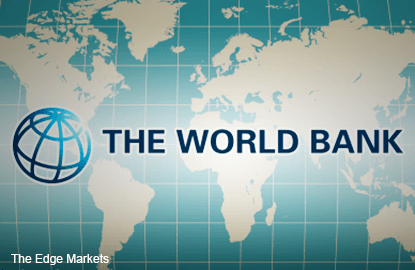
KUALA LUMPUR (April 29): Export-oriented apparel production in South Asian countries and India has the potential to create more and better jobs, says a new World Bank report.
In conjuction with the “Stitches to Riches? Apparel Employment, Trade and Economic Development” launched in New Delhi yesterday, the World Bank said that as wages increase, China, the largest apparel manufacturer for the last 10 years, is expected to slowly relinquish its lead position in the global apparel market, opening the door to other competitors.
It said this could be a huge opportunity for South Asian countries.
Even a 10% increase in Chinese apparel prices could create at least 1.2 million new jobs in the Indian apparel industry, the bank estimates.
The World Bank said that women are expected to benefit the most as their share in the total apparel employment is much higher than their share in other industries.
It said a 1% increase in expected wages in the textiles and apparel industry could raise the probability of women entering the labor force by 18.9%.
World Bank country director for India, Onno Ruhl said apparel manufacturing not only has a huge potential for creating jobs, particularly for the poor but also has a unique ability to attract female workers.
“Employed women are more likely to create positive social impacts as they tend to spend their income on the health and education of children.
“Rising costs of apparel manufacturing in China provides a window of opportunity for India to focus on apparel in productively employing its huge working-age population,” said Ruhl.
Meanwhile, World Bank lead economist Gladys C. Lopez-Acevedo said South Asia has taken many steps in recent years to support the textile and apparel sector, but it now needs to step up its game by tackling inefficiencies that are undercutting its competitiveness.
“Greater access to manmade fiber and integration between textile and apparel among other measures can help Indian companies take advantage of the emerging global opportunities and encourage good jobs for development,” said Lopez-Acevedo.
The World Bank recommended removing trade restrictions to allow easy access to manmade fibers as inputs; increasing efficiency along the value chain such as integration between textile and apparel; and improving social and environmental compliance by introducing better human resource practices.